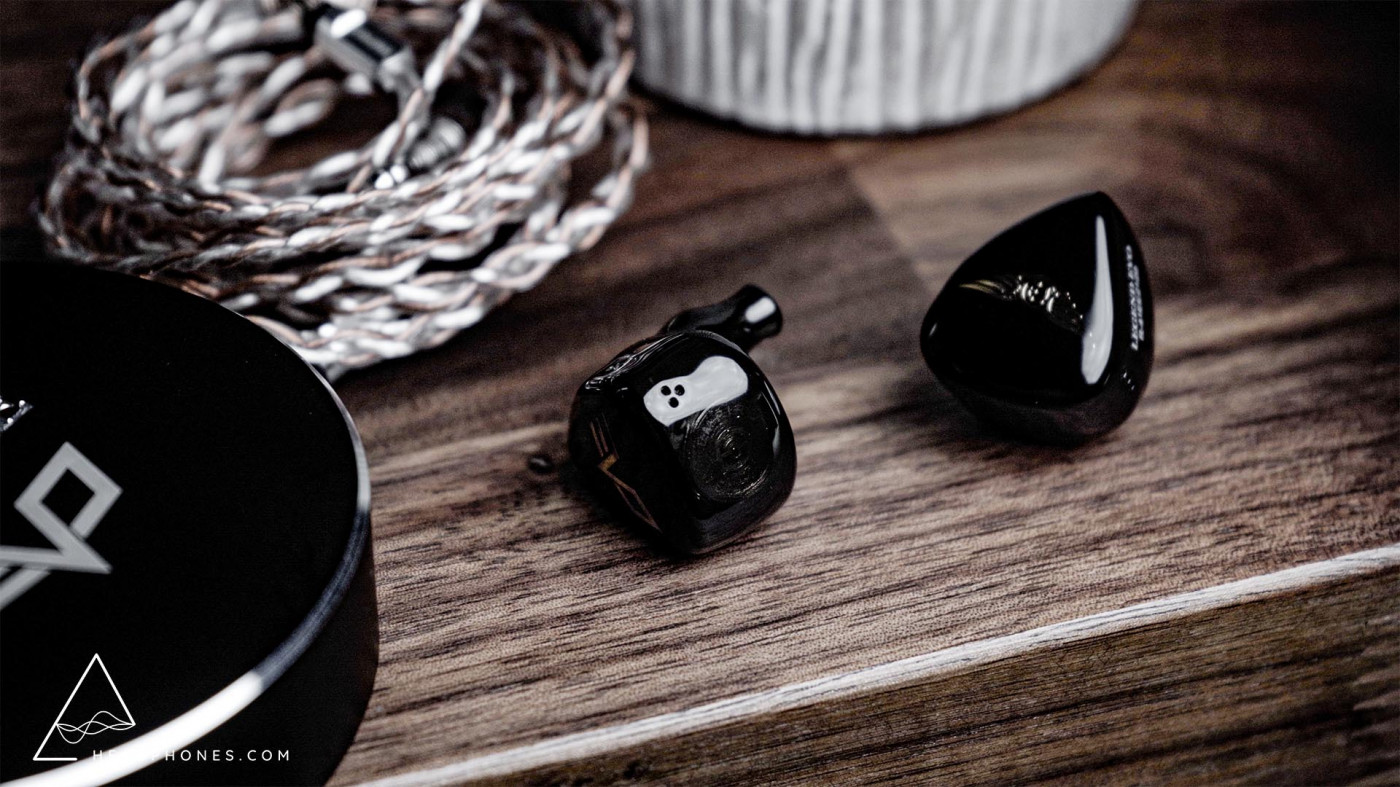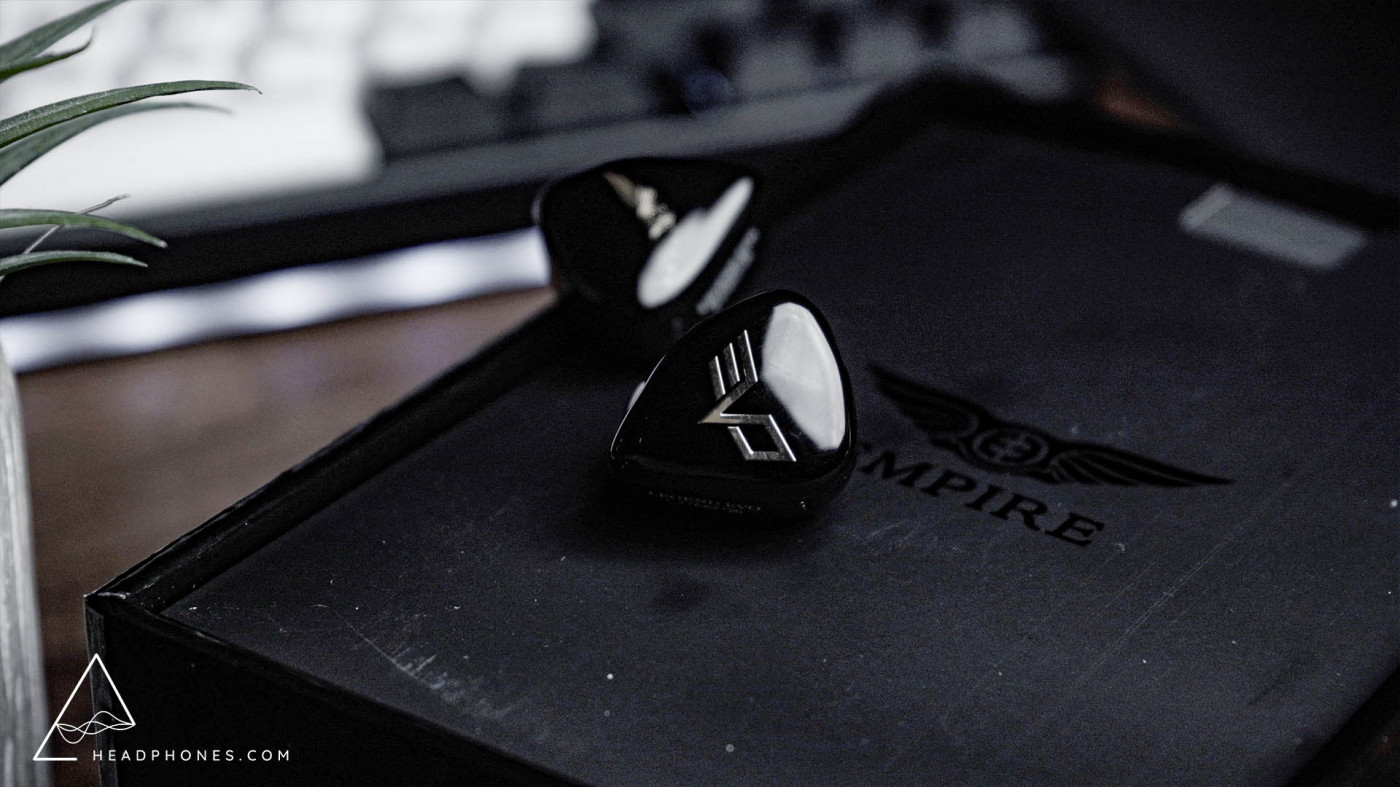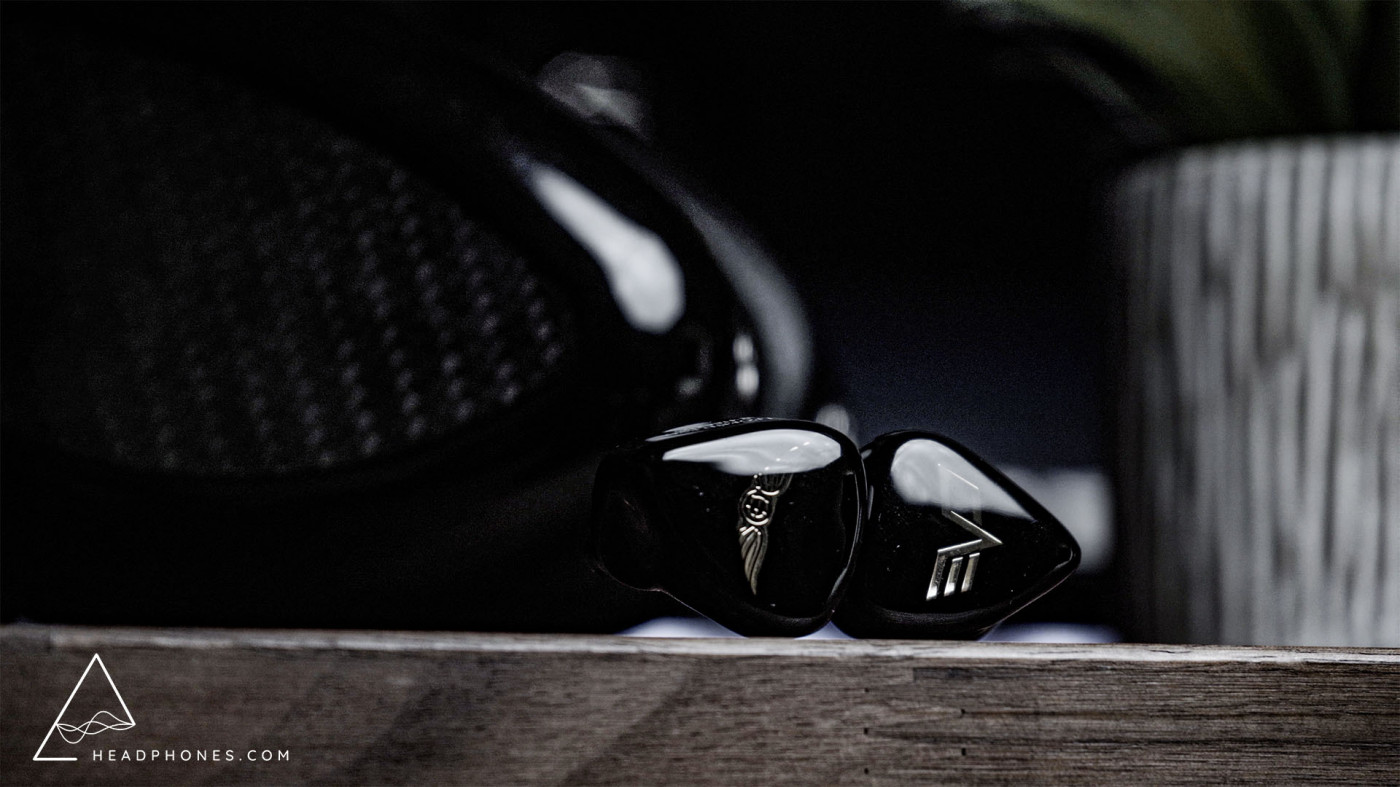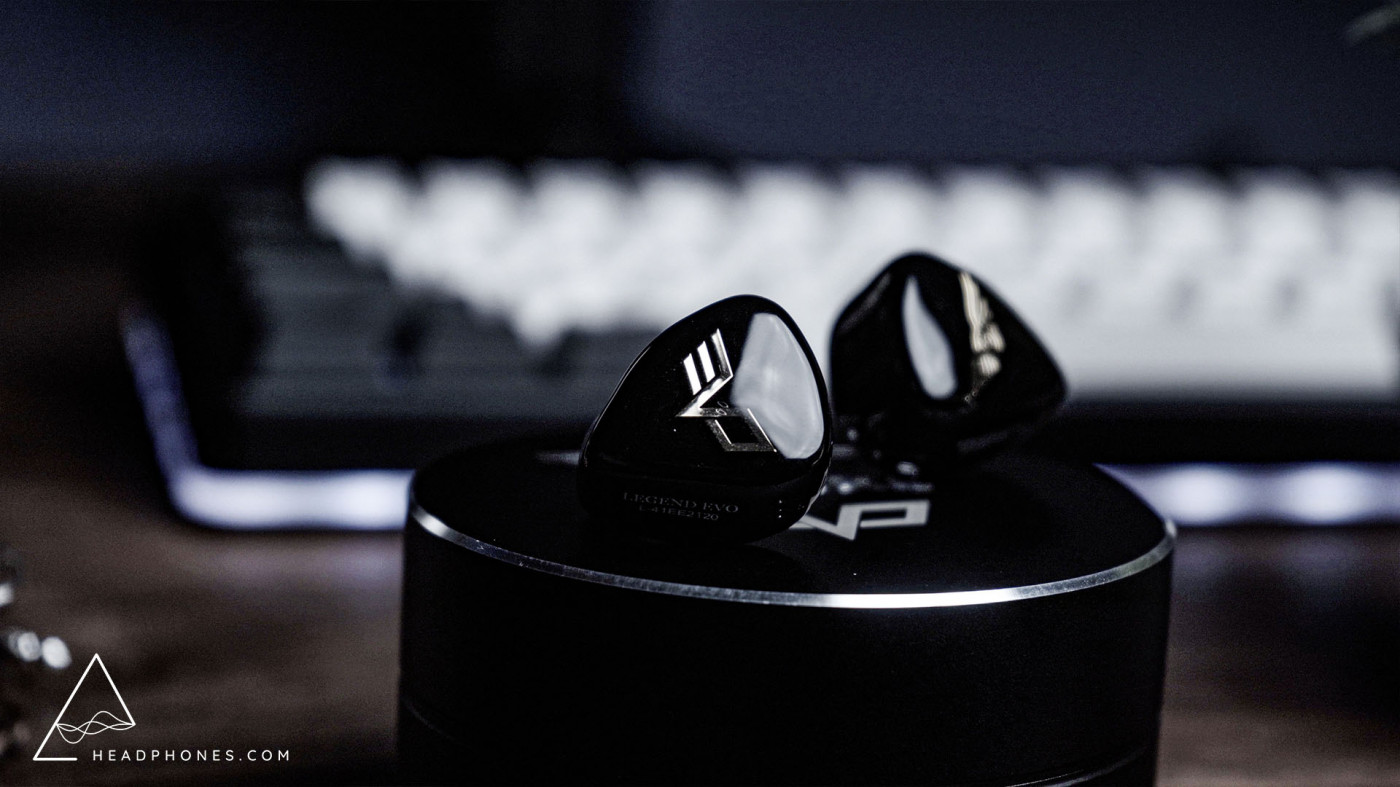Empire Ears Legend Evo Review - A Benchmark for Flagship IEMs?

Empire Ears Legend Evo Review
Introduction
Retailing at a whopping $3,099, the Legend Evo is Empire Ears' latest flagship IEM, and it represents nothing short of the latest and greatest for what the company has to offer in its acoustic designs and technologies. For Empire Ears, the Legend Evo is a revolution that builds upon the Legend X's Dual Dynamic Driver and quintuple balanced-armature driver design by introducing the company's new Weapon X 10.9mm Bone Conduction Ultra Driver meaning that each earpiece is powered by an 8-driver tribrid system that seeks to deliver unprecedented levels of performance.
- Product Summary
- Accessories
- Build and Comfort
- Sound Analysis
- Technical Performance
- Conclusion
- Video Review
Empire Ears Legend Evo - Product Summary
- Reasons to buy
- Excellent Technical Performance
- Great Flagship Option for Those Who Prefer a Warmer Tonal Balance
- Outstanding Imaging Performance
- Reasons not to buy
- Large Chassis Could be Uncomfortable
- Tonality Could be Too Warm for Some Listeners
 |
Get the Empire Ears Legend Evo for the best available price at headphones.com. |
Discuss the Empire Ears Legend Evo on the HEADPHONE Community Forum |
Sources and Music Used in Listening Tests
All the listening for this review was done on the Astell & Kern SR25 , and the Astell & Kern Kann Alpha . For the listening tests I used music from a wide variety of genres including Rock, Jazz, Classical, Acoustic, Hip-Hop, and latin. I played tracks from my own FLAC library, as well as from Qobuz and Tidal via Roon when using the Kann Alpha in DAC mode.
Accessories
For accessories, the Legend Evo keeps things rather simple. Inside the box you will find a set of Final Audio Type E silicone ear tips ranging from extra-small to extra large, an IEM cleaning tool, a PWAudio Genesis Ultra Pure OCC Copper Cable with a 4.4 Pentaconn Termination (NOTE: not the cable featured in these images), and Empire Ears' Pandora all-metal case, which although not easily pocketable due to its tall profile, is sure to keep your precious IEMs safe thanks to its rugged build.

Build and Comfort
The build on the Evo is sturdy, and elegant in its design. The outer shell is finished in a translucent black finish that allows you to faintly see the engine powering each earpiece; this is contrasted by a gold Empire Ears logo on one side, and an Evo logo on the other, making for a very clean aesthetic.
As for comfort, the Evo is unfortunately, though unsurprisingly, on the larger side for IEMs. In my experience, this meant that even though the shell had very good contouring and that it was on the lighter side for large IEMs, it still became fatiguing and a little painful to wear after about 30 minutes or so. Of course, mileage will vary per user, but if you have small ears like I do, it's perhaps something to keep in mind.
Sound
As I mentioned earlier, the Legend Evo is powered by an 8-driver tribrid system that's composed of the Weapon X bone conduction driver, two W9+ subwoofers, and five balanced armature drivers.
For those who may be unfamiliar with bone conduction drivers, this is a driver that operates quite differently from more traditional driver technologies as it bypasses the outer ear by sending vibrations through the skull into the inner ear, and according to Empire Ears this generally makes for lower and deeper tones as the skull transfers lower frequencies more efficiently than air.

First Impressions
Right away I must say that I've never heard an IEM quite like the Evo. Its tonality leans towards the warmer side, with a thick bass response, rich mids, and treble that--although a little bit subdued--isn't what I'd describe as being veiled; it's without a doubt a very easy tuning to get into and one that has a mostly "neutral" sound. However, what really stunned me about the Evo was the technical performance it delivered, and we'll discuss that in more depth briefly.
Bass
If bass is what you're looking for, the Evo delivers it in spades. Under 180hz, the Evo features a very pronounced bass shelf that brings a lot of warmth and depth to the mix, with a sub-bass region that feels particularly punchy, with a lot more rumble than I usually experience in IEMs.
Now, while the bass shelf on the Evo may be set higher than what I would consider to be "neutral-sounding" and also higher than what is suggested by the Harman IEM target, I didn't find it to reach a level where it became overbearing as it did settle early enough to not bloat the bass-to-midrange transition. Additionally, the bass on the Evo was both well-textured, and remarkably articulate; making for a bass response that was very fun yet precise in its reproduction.

Mids
It may be slightly overshadowed by the boosted bass, but for the midrange there really isn't much for me to say here, as the tuning on the Evo was very good. From the lower mids at around 300hz to the upper midrange at 4500hz, the Evo provided a response that was linear throughout with a rich body and lush presence that wasn't at all forward or shouty--I think that most listeners will find this to be a balanced and natural-sounding midrange.
Highs
The treble region is really the only place where I found the Evo's sound to be a little lackluster, at least for my tastes and preferences. At 5000hz, there is a slight peak in the lower treble that introduced some glare, and a subtle tinniness to the headphones timbre, but then onwards the treble was very even with no harsh peaks or bumps that I could notice.
Now, for some listeners the mildly subdued treble range, which for me was reminiscent of that of the Sennheiser HD650, might be quite enjoyable. However, for me, I felt like the mid treble region between 8000-10000hz could have used a little more energy and sparkle, and the same applies to the air frequencies above 10000hz. While I don't find the Evo to be veiled or very dark-sounding, it's certainly on the warmer side, so it did sound to me as though things like snare drums didn't have the kind of strike I expected, or cymbal splashes didn't ring out as much I wanted them to, and vocals were a little lacking in their top-end glisten.
Love our in-depth reviews?
We test and review hundreds of headphones every year. Sign up to get the latest news, reviews, guides, and more in your inbox. Join the 60,000+ like-minded audio lovers who love our newsletter!
Resolution
When it comes to detail retrieval and overall sense of clarity, the Evo is without a doubt several cuts above anything else I've heard from IEMs--it's easily the best I've experienced for this category. The bass may be boosted, but it's tight and nimble; which when combined with the mids and highs that seem to perfectly surface all the intricate vocal and instrument tones, allows the Evo to create a pristine and well-structured image of the music. In this regard this is the first time I've listened to an IEM that I feel delivers the kind of performance that I can put in the ballpark of some high-end headphones, like the AEON 2 Noire.

Soundstage, Imaging, and Layering
For this category, the Evo once again delivers the best performance I've heard from an IEM. Keeping expectations realistic, the soundscape still sounds very much like what you'd expect from a set of in-ear headphones, however, what helps the Evo stand out and feel particularly spacious when compared to other IEMs I've tried is its exceptional imaging and instrument separation. The imaging on the Evo is very precise, with no gaps that I could notice between the left, center, and right channels. This made for much more consistent positional and directional audio than what I get on other IEMs, which tend to have weaker front-left and front-right channels. Additionally, the Evo is remarkably adept at keeping all the tracks that make up a song feeling distinguished and adequately spaced out, making busy musical passages sound very clear with all vocal and instrument lines being easily discernible.

Conclusion
I have not had the chance to audition the Legend X or the Odin and therefore won't be making comparisons, but as a standalone, I think that the Evo is an impressive showing from Empire Ears. I've heard many other IEMs with great tunings and tonalities that I found to be enjoyable, but the level of performance that the Evo delivers is superb, and I'd go as far as to say that it challenges what I believed was possible in an IEM (which does make me rather curious about trying out other flagship IEMs). Personally, if it wasn't because of the comfort issues I had with it, this would be first IEM I would be more than happy to listen to and use as a daily driver in terms of sound and performance--a headphone I'd actually listen to at my desk while working, or even playing games since I found its staging capabilities to be that good. Of course, at $3,099 the Evo is prohibitively expensive, but its technical performance is solid, and if you're looking for a flagship IEM that has a warmer tuning with exceptional bass, then I'd definitely encourage that you add this one to your shortlist.
-Chrono
---
Buy the Empire Ears Legend Evo at Headphones.com for the best available price
---
